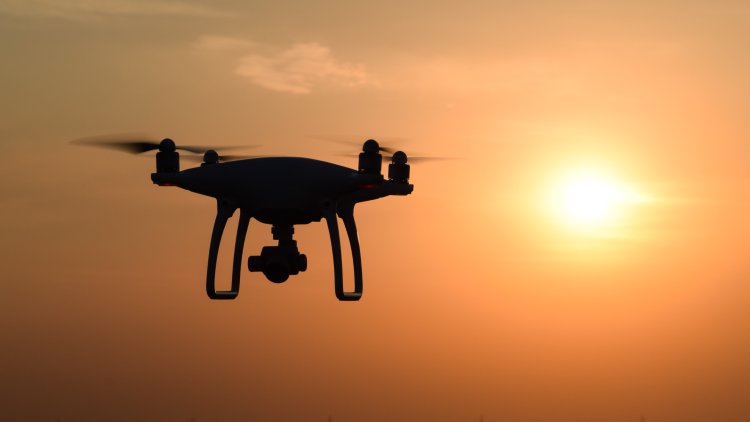The top line of the English-layout keyboard runs QWERTYUIOP in capital letters. American engineer Ray Tomlinson recalls sending this exact abracadabra as the world's first email in 1971. However, when testing a system, or checking, for example, whether the Internet on the phone is up, most people do the same thing – they send a set of characters, and it is not the meaning that is important, but the fact of delivery: if it is delivered, then everything works.
Photo: fotogigi85 / ru.123rf.com
In some sense, sending the first email was a revolution in communication, although there is little information about the first email and not everyone remembers the fact. However, nowadays about 300 billion emails are sent daily.
It is not a problem to send a text or a photo today, the only thing you need is the internet connection. Sending a parcel is a different story – new technologies are also involved in the delivery of goods, food, and medicine today. Read more about what the modern mail services offer in the article of Scientific Russia.
By Air
In 2016, a drone with a bag of popcorn and a small set-top box landed on the lawn of a house in Cambridge. It was the moment, in fact, when Amazon launched the era of commercial drone delivery.
People began discussing the first plans to use drones for mail delivery in the early 2010s. At that time, Russian and foreign companies began to prepare the infrastructure for robotic delivery and to experiment with the first flights; but so far, the technology has not become widespread, although some countries and regions use this method widely enough.
Today, it is suggested to use drones with six or more propellers as drone delivery vehicles. The cargo is placed in a compartment at the bottom of the drone or in a separate container. There are some heavy drones that can lift up to 20 kilograms of cargo, but their range and time of flight are severely limited. Drones with small capacity of about two kilograms are used more often. In 2021, the Russian Post revealed plans to establish unmanned mail delivery to hard-to-reach regions of the country, such as Kamchatka and Chukotka. According to their calculations, it will increase delivery speed and make logistics cheaper by more than one and a half times.
One of the postal solutions of the future may become automated mail delivery systems, with drones acting as couriers. According to one scheme, mail is packaged in a durable, waterproof package and loaded into the drone; the drone is then sent to a predetermined point and is guided by GPS signals. This scheme considers the possibility of delivering mail without lowering the vehicle – the parcel can be dropped down on a small parachute or on a rope.
Many countries around the world are now looking at the legislative nuances that apply to drone delivery. The technology looks promising, but there is still a number of challenges to overcome: possible drone theft (including those involving cyberattacks), difficulties in delivering mail directly into the receiver’s hands, and the danger of collisions between drones, especially if this delivery system becomes mainstream.
By Land
Safer than by air and less troublesome with the legal part. Yandex began experimenting with food delivery by robotic couriers in Russia in 2019. A smart refrigerator on wheels with a computer, a battery-powered motor, cameras, radars, and sensors can actually deliver food within a relatively small radius.
After receiving an order, an operator loads a set of groceries into the robot's cargo area, and the rover uses downloaded maps with road markings to create a route. The ground drone bypasses obstacles, avoids pedestrians and cars, and crosses intersections at green lights. So far, automated delivery can only be ordered in certain areas of Moscow, St. Petersburg, and Kazan. The strict requirement of rovers for quality roads and sidewalks with smooth jumps and climbs on curbs, and the impossibility to deliver goods to the door, still leaves this delivery system in the rank of a rare gimmick.
Production On-Site
Mail delivery technologies will improve, just as they have moved from horse-drawn couriers to rail and air transport, and from envelopes to email. Experts say that now, to a large extent, it is not a question of technology, but of economics and legislation.
One possible prospect emerging at the intersection of delivery and trade could be a system of decentralized production of small goods using additive technology. It means that instead of manufacturing a large batch of relatively simple household items, such as combs, for example, abroad with subsequent delivery and distribution to stores, there could be a local 3D-printing system. In other words, if you want to buy, for example, a mug, you will not have to order and wait for delivery from a popular Chinese goods marketplace; instead, you will be able to send a request to print exactly the same item relatively close to your house.
Based on open sources
Photo: fotogigi85 / ru.123rf.com






















